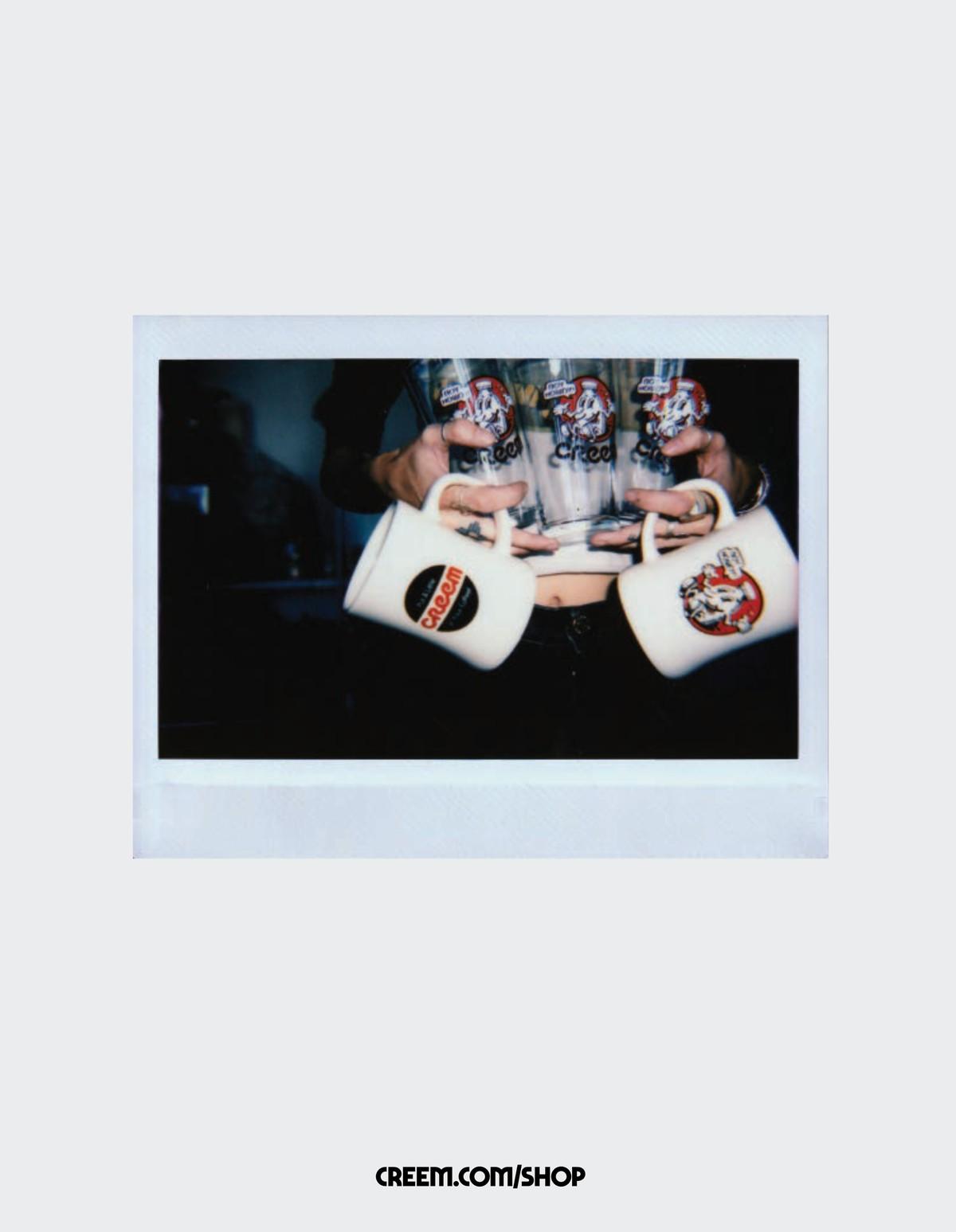NO WAVE NOW
Hell’s belles-lettres, from wrockers who write.


I hit Manhattan as a teen terror in 1976 inspired by the manic ravings of Lester Bangs in CREEM magazine, the Velvet Underground’s sarcastic wit, the glamour of the New York Dolls’ first album, and the poetic scat of “Piss Factory” by Patti Smith.
I snuck out my bedroom window, jumped on a Greyhound bus, and crash-landed in a bigger ghetto than the one I had just escaped from. But with 200 bucks in my back pocket and a notebook full of misanthropic rantings, sporting a baby face that belied a hustler’s instinct and a killer urge to destroy everything that had inspired me, I didn’t give a flying fuck if the Bowery smelled like dogshit. I wasn’t expecting the toilets at CBGB’s to be the bookend to Duchamp’s urinals, but then maybe 1977 had more in common with 1917 than anyone would have imagined.
New York City during the late 1970s and early ’80s was a beautifully ravaged slag, impoverished and neglected after suffering from decades of abuse and battery. She stunk of sex, drugs, and aerosol paint.

